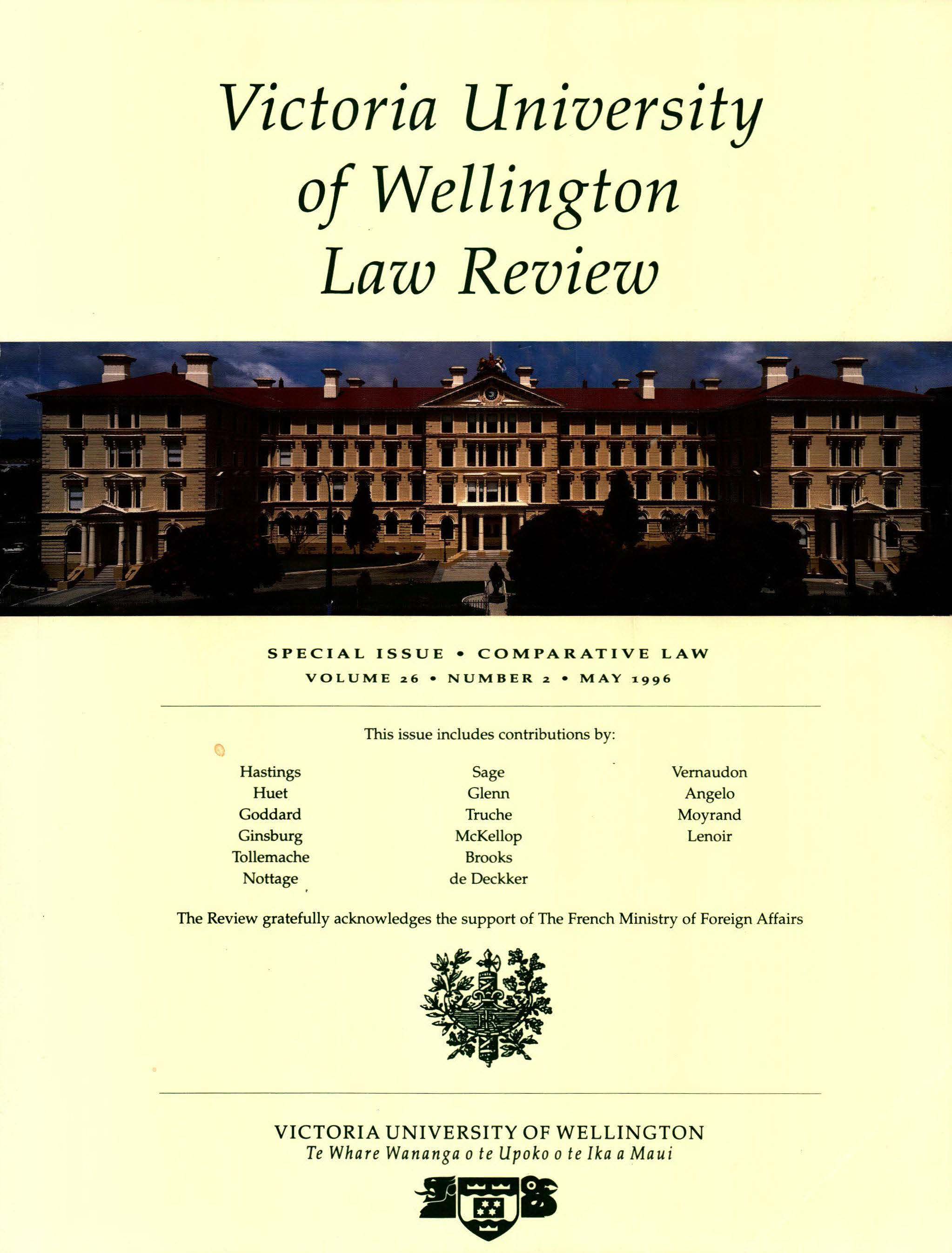Decolonisation Processes in the South Pacific Islands: A Comparative Analysis between Metropolitan Powers
DOI:
https://doi.org/10.26686/vuwlr.v26i2.6172Abstract
The South Pacific islands came late, by comparison with Asia and Africa, to undertake the decolonising process. France was the first colonial power in the region to start off this process in accordance with the decision taken in Paris to pave the way to independence for African colonies. The Loi-cadre Defferre in 1957, voted in Parliament, was applied to French Polynesia and New Caledonia as it was to French Africa. Territorial governments were elected in both these Pacific colonies in 1957. They were abolished in 1963 after the return to power of General de Gaulle who decided to use Moruroa for French atomic testing. The status quo ante was then to prevail in New Caledonia and French Polynesia up to today amidst statutory crises. The political evolution of the French Pacific, including Wallis and Futuna, is analysed in this article. Great Britain, New Zealand and Australia were to conform to the 1960 United Nations' recommendations to either decolonise, integrate or provide to Pacific colonies self-government in free association with the metropolitan power. Great Britain granted constitutional independence to all of its colonies in the Pacific except Pitcairn. The facts underlying this drastic move are analysed in the British context of the 1970's, culminating in the difficult independence of Vanuatu in July 1980. New Zealand and Australia followed the UN recommendations and granted independence or self-government to their colonial territories. In the meantime, they reinforced their potential to dominate the South Pacific in the difficult geopolitical context of the 1980s. American Micronesia undertook statutory evolution within a strategic framework. What is at stake today within the Pacific Islands is no longer of a political nature; it is financial.
Downloads
Downloads
Published
How to Cite
Issue
Section
License
Authors retain copyright in their work published in the Victoria University of Wellington Law Review.


